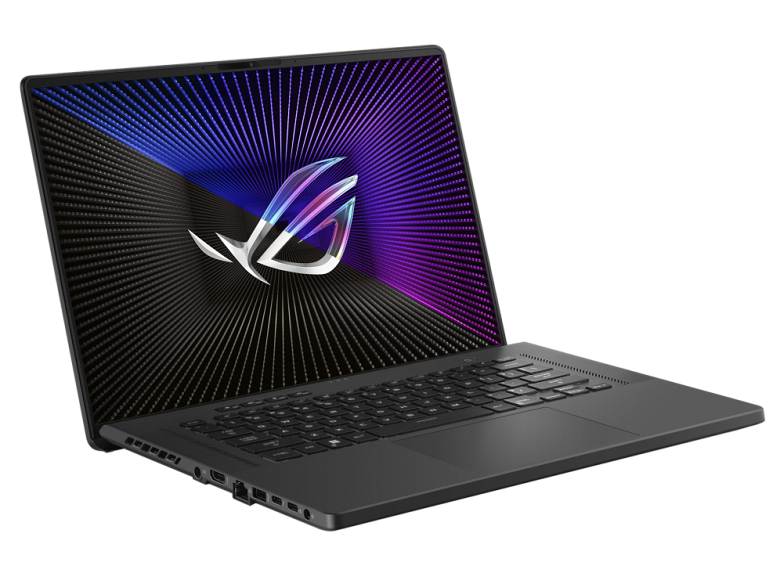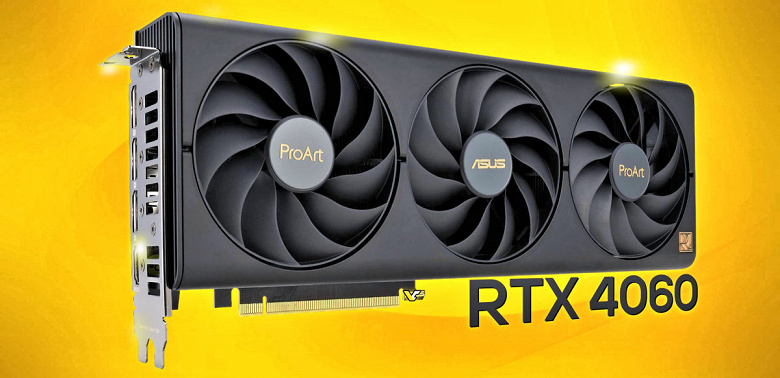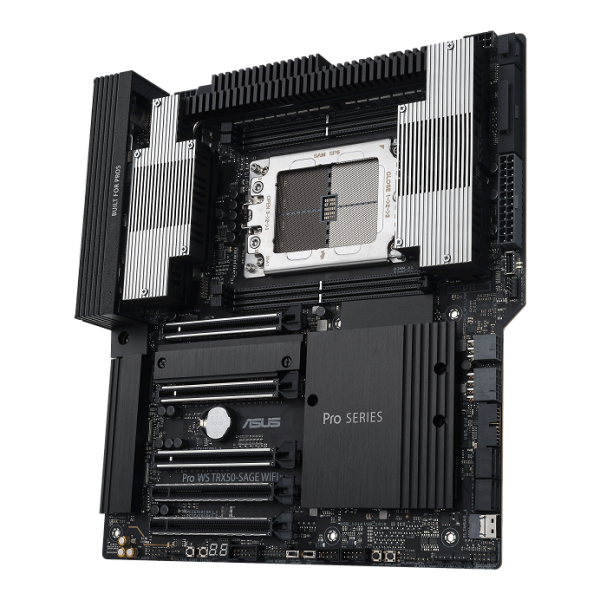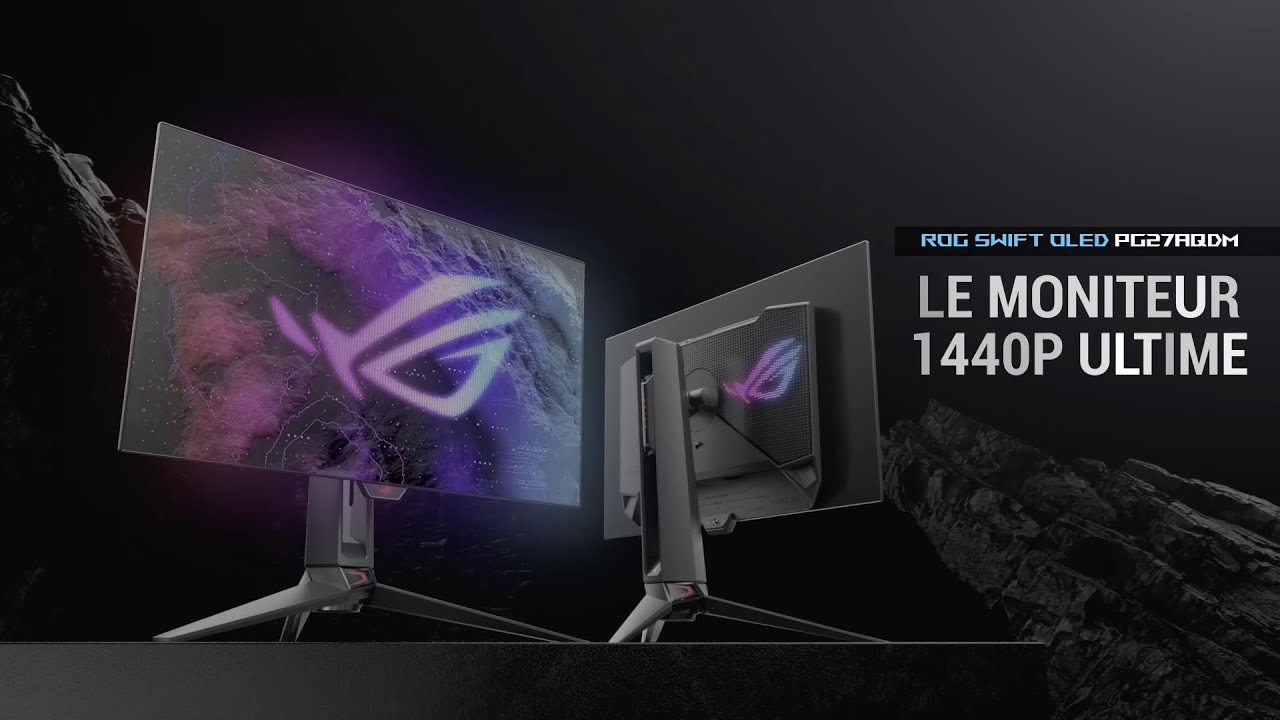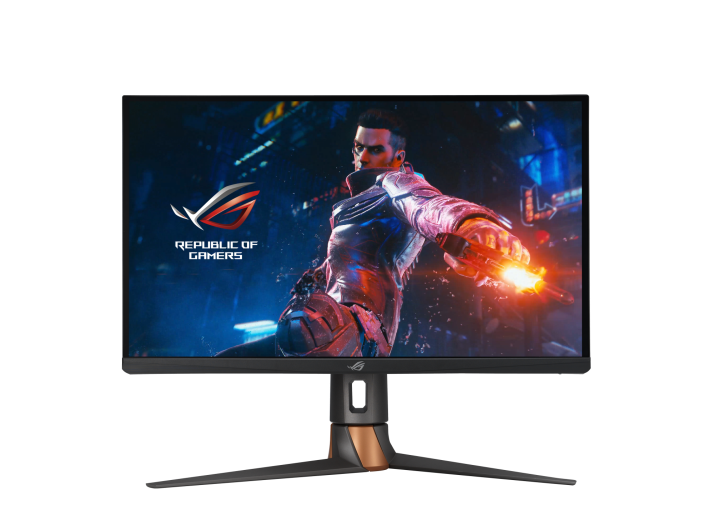ASUS unveils Zenfone 7: triple PTZ camera, 90Hz OLED, large battery and fast charging
Just over a year after launching the Zenfone 6 with a PTZ camera, ASUS is back with the Zenfone 7 and Zenfone 7 Pro. Both devices still have rotating camera arrays like last year’s model, as well as massive 5000mAh batteries. But this year there are many new features, including an optional telephoto camera module and a new OLED display with a refresh rate of 90Hz.


